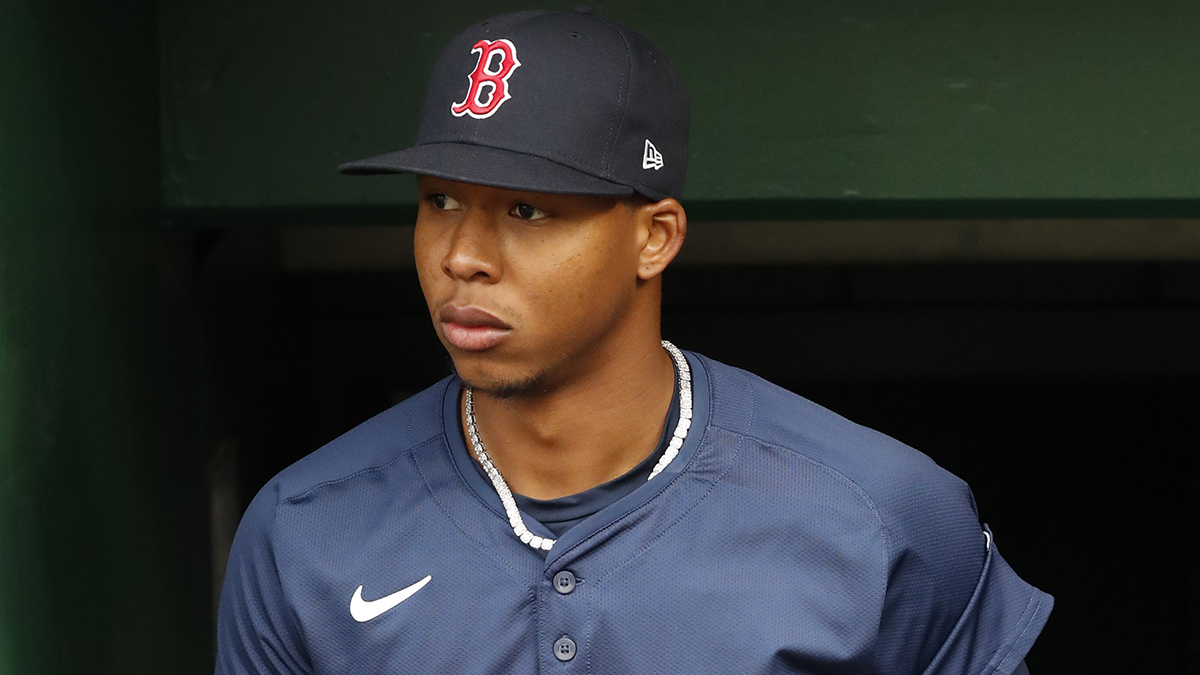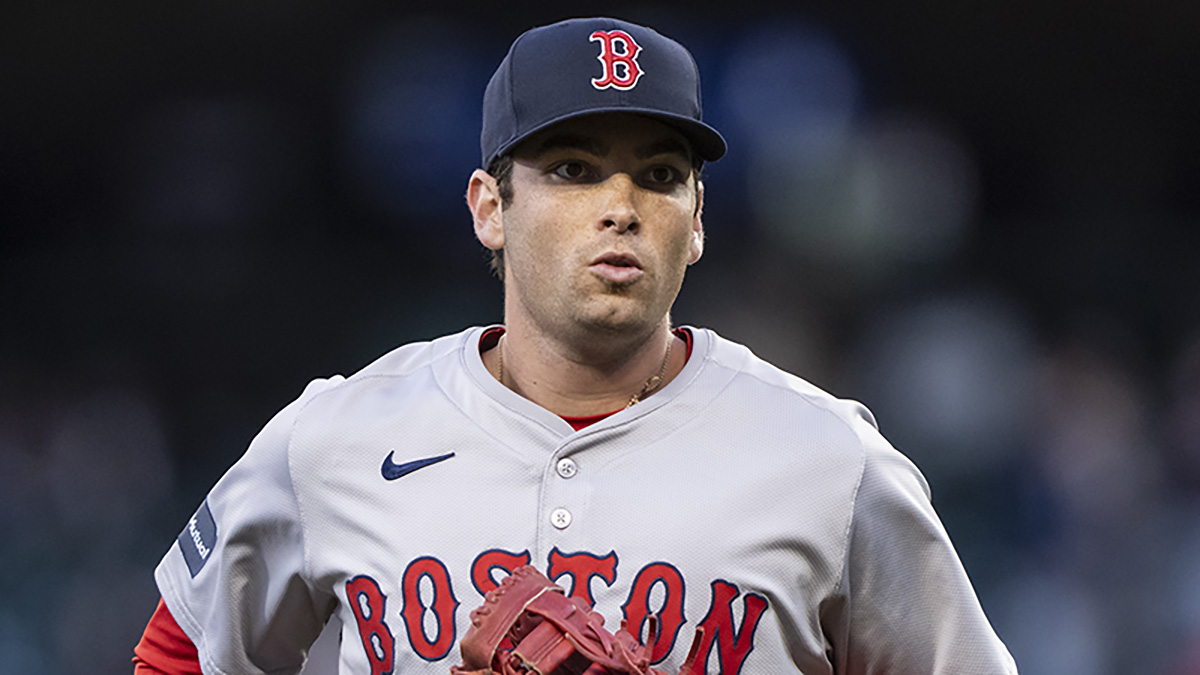Compiling this week's Red Sox observations while wondering who was angrier during their interview -- The Boston Globe's Dan Shaughnessy, who called out the team's offseason inactivity, or CEO Sam Kennedy, who was forced to answer for it ...
... Might as well start there. Shaughnessy's illuminating interview confirmed what has been very obvious throughout the winter -- the Red Sox aren't going for it. That in and of itself isn't a tremendous revelation, since spring training starts in a month and all the Red Sox have to show for their efforts thus far is outfielder Hunter Renfroe, right-handed swing man Matt Andriese, and retread Martin Perez.
What's problematic is the framing, which WEEI.com's Rob Bradford laid out in a column I wish I had written first. Kennedy falls back on the "going all in" excuse, à la Bill Belichick, to explain why 2018 hasn't been replicated. He also notes that the farm system has been decimated, which is true, but frankly should explain future struggles more than current ones.
Stay in the game with the latest updates on your beloved Boston sports teams! Sign up here for our All Access Daily newsletter.
Tomase: Buzzless Red Sox need to make us care again, and fast
The issue, for me, is that Kennedy ignores the 2013-style middle ground the Red Sox could very easily try to stake out, especially with roughly $30 million to spend. There's a way to take the long view while simultaneously spending a little bit to make 2021 competitive. One needn't compromise the other.
Ben Cherington proved this in one magical lightning strike of a winter when he turned Mike Napoli, Shane Victorino, Jonny Gomes and Co. into one of Boston's most satisfying champions.
Even if they're unlikely to replicate that level of success, the baseball season is long, and there's value in fielding an entertaining product that either makes the playoffs or at least stays in the hunt. It doesn't need to be title or bust.
Boston Red Sox
But with every mid-level free agent that comes off the board, the Red Sox appear increasingly wedded to entering spring training with most of last year's roster and then hoping that injured players (Eduardo Rodriguez, Chris Sale) heal or underperforming ones (J.D. Martinez, Rafael Devers) regain their prior form.
Hopefully I'm wrong on that last count and Chaim Bloom plans to be active over the next three or four weeks to upgrade the rotation, second base and center field. But it already feels like the opportunity to do something impactful is slipping away, and that the Red Sox simply don't want to spend again until they know there will be butts in the seats, and that's why fans are angry.
... On the other end of the spectrum, how about them Blue Jays? After years of building a powerhouse farm system that has already yielded potential All-Stars Vladimir Guerrero Jr., Bo Bichette, and Cavan Biggio, the Jays made their biggest free-agent splash since Roger Clemens a quarter of a century ago when they inked outfielder George Springer to a six-year, $150 million contract that solidifies the AL East as baseball's most competitive division.
Despite once routinely drawing over four million fans a year, the Jays have been content to act like a small-market team for most of the last 25 years. After winning their second straight World Series in 1993, they didn't make the playoffs again until 2015.
What Springer's signing means for JBJ's future in Boston
They were swept by the Rays in the 2020 Wild Card round, but they haven't stood pat since. One year after making one of the best signings of free agency in right-hander Hyun Jin Ryu, who finished third in the AL Cy Young voting, they've added Springer and All-Star closer Kirby Yates. They also retained trade-deadline acquisition Robbie Ray on a reasonable one-year, $8 million deal, and they've got the game's No. 6 overall prospect in right-hander Nate Pearson waiting in the wings.
While the Red Sox talk about building for the future, the Jays are making it arrive. They join the Yankees and Rays atop a crowded division, further muscling the Red Sox down the standings.
... One point on Springer, Trevor Bauer, J.T. Realmuto, and D.J. LeMahieu that bears repeating -- if I were the Red Sox, I wouldn't have been in on any of them, either. Doling out $150 million contracts is what you do when you're one piece away, not starting over. The compensatory draft picks are more important to the future, and if that's the plan, it's a sensible one.
But there are ways to remain competitive in the interim, and the Red Sox thus far don't seem particularly interested in pursuing them.


